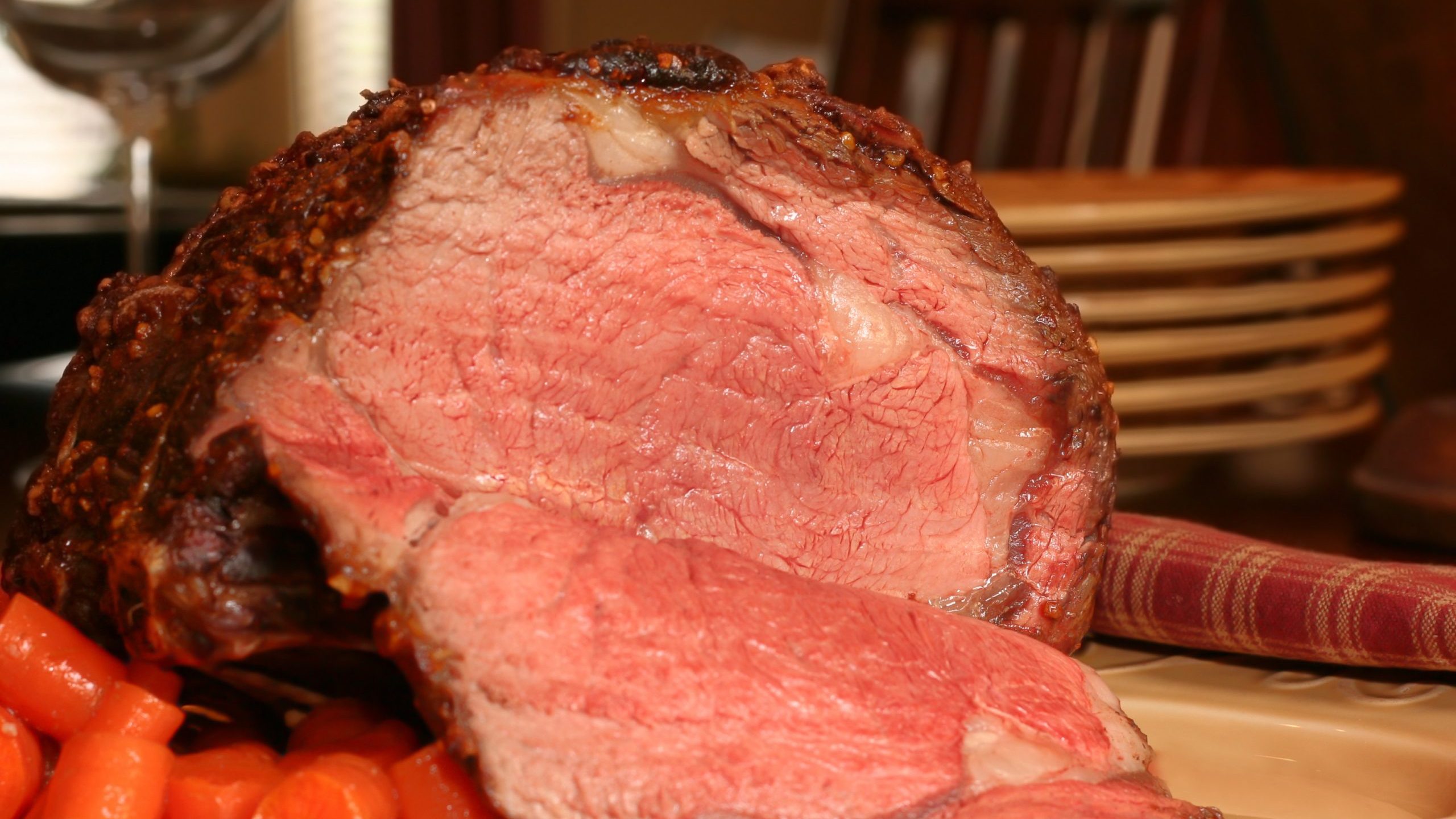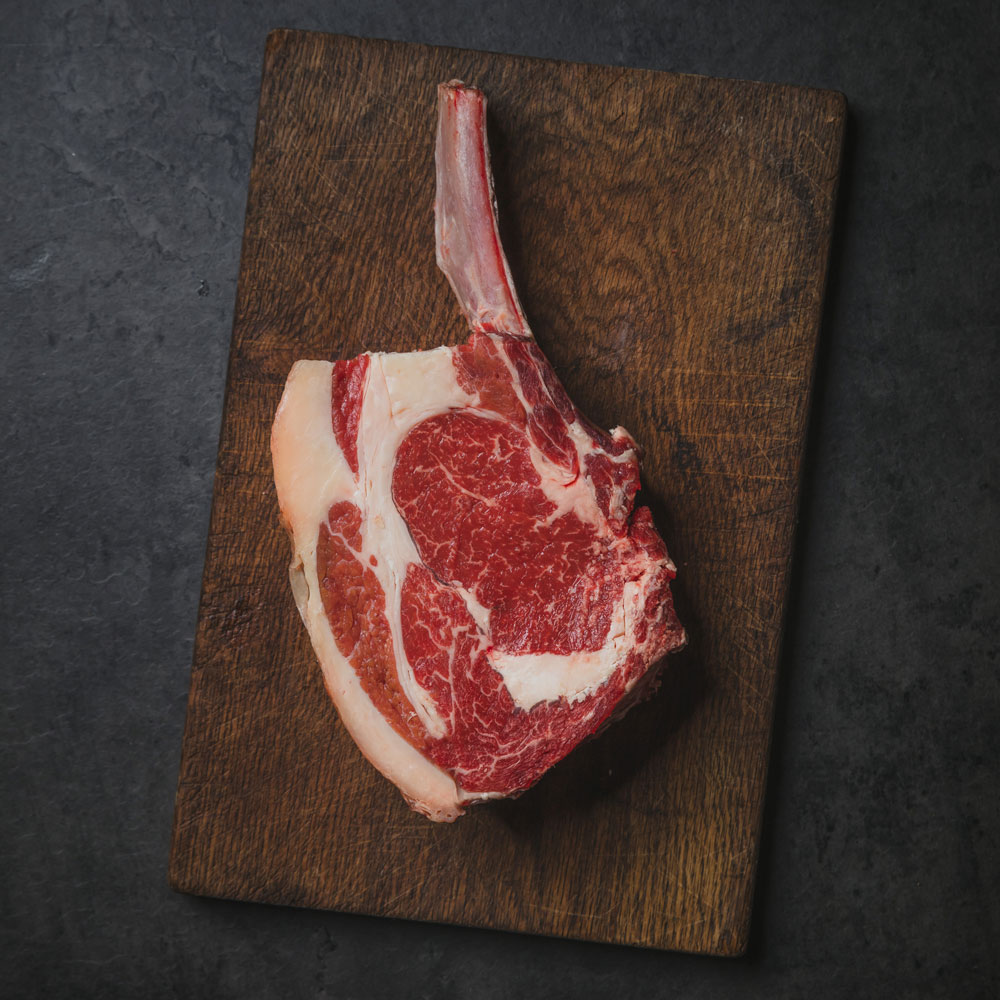
When it comes to cooking meat, selecting the right size of meat joint is essential to ensure that everyone’s appetite is satisfied. Whether you are cooking for yourself, your family, or hosting a dinner party, understanding how much meat to buy per person is crucial. In this blog post, we will guide you through the process of choosing the perfect meat joint size for both adults and children, taking into consideration their individual appetites.
1. Consider the Type of Meat:
Different types of meat have varying levels of shrinkage during cooking. For example, beef and lamb joints tend to shrink less compared to pork or chicken. It’s important to keep this in mind when estimating the amount of meat needed. As a general rule, allow for approximately 25-30% shrinkage when cooking pork or chicken, and 15-20% for beef or lamb.
2. Calculate the Amount of Meat Per Person:
To determine the right meat joint size, start by considering the average portion size per person. For adults, a typical serving size of meat is around 4-6 ounces (113-170 grams). However, this can vary depending on the individual’s appetite and dietary needs. For children, a smaller portion of around 2-4 ounces (57-113 grams) is usually sufficient.
3. Take Appetite into Account:
When estimating the amount of meat needed, it’s essential to consider the appetite of the individuals you are cooking for. Some people may have a heartier appetite and require a larger portion, while others may prefer a smaller serving. If you are unsure, it’s always better to err on the side of caution and prepare slightly more meat than you think is needed, an adult with a really healthy appetite may require around 6-8oz (170-227gm)
4. Adjust for Side Dishes:
Remember to account for side dishes when determining the meat joint size. If you are serving a variety of sides such as vegetables, potatoes, or salads, you can reduce the meat portion slightly. On the other hand, if the meat is the main focus of the meal and there are fewer sides, you might want to increase the portion size.
5. Plan for Leftovers:
Leftover meat can be a delicious addition to sandwiches, salads, or other meals the next day. If you enjoy having leftovers or want to prepare extra for future meals, factor this into your calculations. However, if you prefer to minimize leftovers, adjust the meat joint size accordingly.
6. Consider Cooking Methods:
The cooking method you choose can also affect the final size of the meat joint. For example, roasting a joint of meat can result in some shrinkage, while slow cooking or braising may result in less shrinkage. Keep this in mind when selecting the meat joint size and adjust accordingly.
7. Seek Advice from Us:
If you are still unsure about the right meat joint size, don’t hesitate to seek advice from us. They are experts in our field and can provide valuable guidance based on the type of meat, cooking method, and number of people you are serving.
In conclusion, selecting the right meat joint size for an individual adult or child depends on various factors such as the type of meat, appetite, side dishes, and cooking method. By considering these factors and following the guidelines mentioned above, you can ensure that everyone’s appetite is satisfied and enjoy a delicious meal together. Happy cooking!
Note: Please remember that the guidelines provided here are general recommendations. Individual appetites and dietary needs may vary, so it’s always best to adjust the portion sizes based on personal preferences and requirements.



Here's a handy chart to help determine the right portion sizes for meat joints based on appetite size:
| Appetite Size | Boneless Meat (g per head) | Bone-in Meat (g per head) |
|---|---|---|
| Small Appetite | 125–150 g | 200–250 g |
| Medium Appetite | 150–200 g | 250–300 g |
| Large Appetite | 200–250 g | 300–350 g |
| Extra Large Appetite | 250–300 g | 350–400 g |
These portions are for the main course. If the meat is part of a larger meal with substantial sides, you could reduce the quantities slightly. For feasts or special occasions where people may indulge, consider the higher end of the range.
